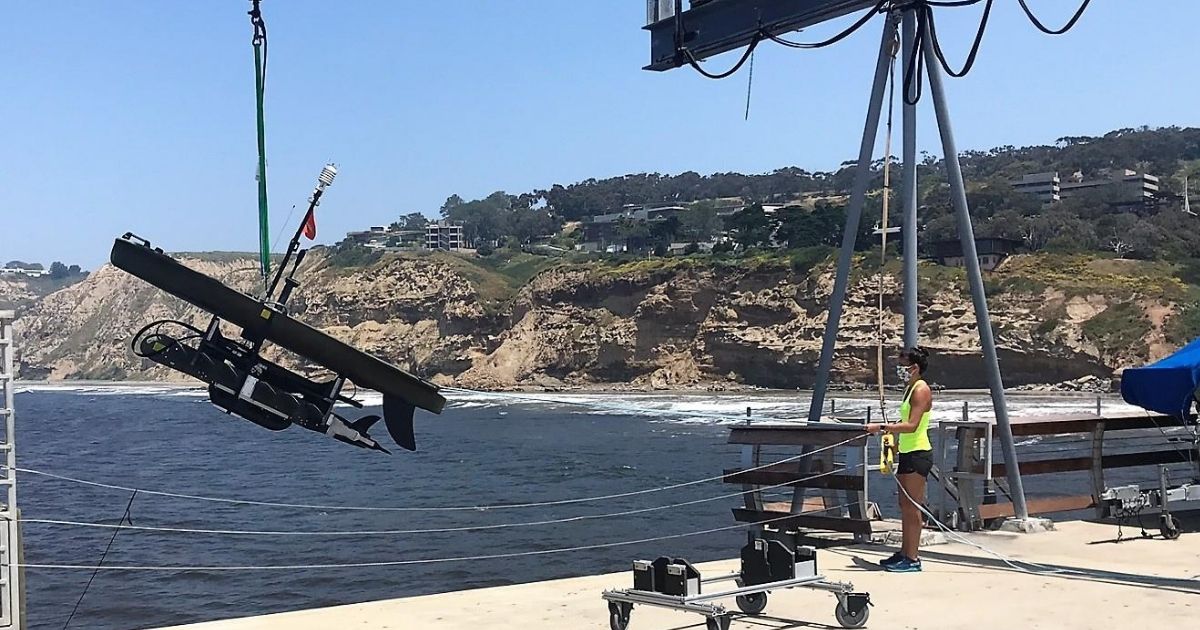NOAA Partners with Scripps on Unmanned Systems

This 10-year agreement provides a framework for Scripps and OMAO’s new Unmanned Systems Operations Program to collaborate on specific projects to further UxS research, development, and operations.
“The operational experience of NOAA’s fleet of ships and aircraft combined with the extensive research and development expertise of Scripps will lead to exciting results in the field of unmanned systems,” said retired Navy Rear Adm. Tim Gallaudet, Ph.D., assistant secretary of commerce for oceans and atmosphere and deputy NOAA administrator. “Innovative use of unmanned systems will benefit many NOAA programs—augmenting data collection often at a lower cost, increased safety, and reduced risk, especially in remote or extreme environments.”
The agreement also helps NOAA meet the objectives of the Commercial Engagement Through Ocean Technology Act of 2018. In Fiscal Year 2020, NOAA received $12.7 million from Congress to improve and expand UxS operations across the agency, including the creation of the OMAO Unmanned Systems Operations Program — a key goal of NOAA’s recently released Unmanned Systems Strategy. This new partnership with Scripps helps meet the objectives of the Act, which requires NOAA to coordinate research, assess and acquire unmanned marine systems with the U.S. Navy, other federal agencies, industry and academia.
“Innovative new technology to observe the ocean and to gather data is essential to understand and predict the ocean,” said Margaret Leinen, Ph.D., vice chancellor for marine sciences at UC San Diego and director of Scripps Institution of Oceanography. “Unmanned systems allow us to observe the ocean more regularly and at a greater scale. We are excited to expand our collaboration with NOAA on rapidly advancing unmanned systems.”
One of the first projects under this partnership includes developing recommendations for the structure, staffing and training needs of the unmanned maritime systems component of the new OMAO program. Working with the Coastal Observing Research and Development Center at Scripps, led by Eric Terrill, Ph.D., the project also includes the design, outfitting and testing of a persistent, unattended unmanned surface vessel with a meteorological and oceanographic data payload to collect operational data.
“This new partnership with Scripps will greatly enhance our ability to transition these technologies into operational platforms that will gather critical environmental data for the nation,” said NOAA Rear Adm. Michael J. Silah, director of the NOAA Commissioned Officer Corps and OMAO.
NOAA’s unmanned maritime systems operations will be based in a new facility being built in Gulfport by the Mississippi State Port Authority in partnership with the University of Southern Mississippi.

